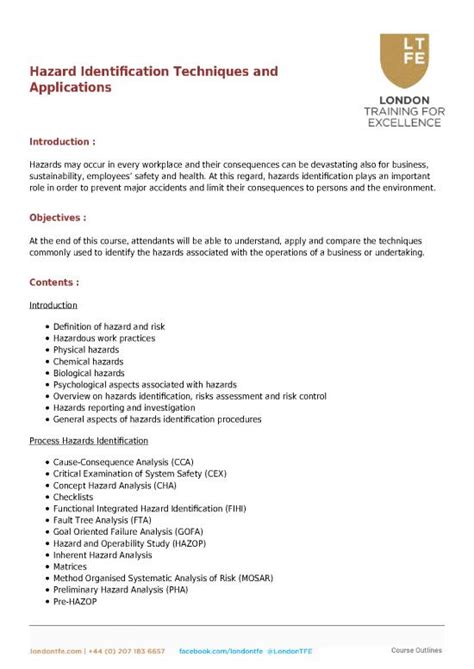Intro
Discover the truth about Semaglutide Ozempic, a glucagon-like peptide-1 receptor agonist, and its role in weight loss, diabetes management, and cardiovascular health, exploring benefits, side effects, and prescription uses.
The topic of semaglutide and Ozempic has gained significant attention in recent years, particularly in the context of weight management and diabetes treatment. As we delve into the world of pharmaceuticals, it's essential to understand the importance of these medications and their potential benefits. The increasing prevalence of obesity and related diseases has led to a growing demand for effective treatments, and semaglutide, also known by its brand name Ozempic, has emerged as a promising solution. In this article, we will explore the intricacies of semaglutide, its mechanism of action, and its potential applications, providing readers with a comprehensive understanding of this medication.
The rise of semaglutide as a treatment for type 2 diabetes and obesity has been remarkable, with numerous studies demonstrating its efficacy in improving glycemic control, promoting weight loss, and reducing the risk of major adverse cardiovascular events. As a glucagon-like peptide-1 (GLP-1) receptor agonist, semaglutide works by mimicking the action of the naturally occurring hormone GLP-1, which plays a crucial role in regulating blood sugar levels and appetite. By activating GLP-1 receptors, semaglutide enhances insulin secretion, suppresses glucagon secretion, and delays gastric emptying, ultimately leading to improved glycemic control and weight loss.
What is Semaglutide?

How Does Semaglutide Work?
The mechanism of action of semaglutide is complex and involves multiple pathways. When administered, semaglutide binds to GLP-1 receptors in the pancreas, liver, and brain, activating a signaling cascade that regulates blood sugar levels, appetite, and energy metabolism. The activation of GLP-1 receptors in the pancreas stimulates insulin secretion, while suppressing glucagon secretion, ultimately leading to improved glycemic control. In the brain, semaglutide activates areas involved in appetite regulation, leading to reduced food intake and increased feelings of satiety.Ozempic: The Brand Name for Semaglutide

Benefits of Ozempic
The benefits of Ozempic are numerous and well-documented. In clinical trials, Ozempic has been shown to: * Improve glycemic control: Ozempic has been shown to reduce HbA1c levels, a measure of blood sugar control, by up to 2.5% compared to placebo. * Promote weight loss: Ozempic has been shown to lead to significant weight loss, with patients losing up to 10% of their body weight compared to placebo. * Reduce the risk of major adverse cardiovascular events: Ozempic has been shown to reduce the risk of major adverse cardiovascular events, such as heart attacks, strokes, and deaths from cardiovascular causes.Side Effects of Semaglutide

Contraindications and Warnings
Semaglutide is contraindicated in patients with a history of pancreatitis, thyroid cancer, or severe gastrointestinal disease. It is also not recommended for use in patients with type 1 diabetes or diabetic ketoacidosis. Women who are pregnant or breastfeeding should not use semaglutide, as its safety in these populations has not been established.Practical Applications of Semaglutide

Future Directions
The future of semaglutide is exciting, with ongoing research investigating its potential applications in a range of diseases, including obesity, cardiovascular disease, and non-alcoholic steatohepatitis (NASH). As our understanding of the mechanisms of action of semaglutide continues to evolve, it is likely that new indications and applications will emerge, further expanding the potential of this medication to improve human health.Conclusion and Final Thoughts

We invite readers to share their thoughts and experiences with semaglutide and Ozempic in the comments below. Have you used semaglutide or Ozempic for the treatment of type 2 diabetes or weight loss? What were your experiences? Do you have any questions about the potential applications or side effects of semaglutide? We encourage you to share your perspectives and engage in a discussion about the potential of this medication to improve human health.
What is the difference between semaglutide and Ozempic?
+Semaglutide is the generic name for the medication, while Ozempic is the brand name marketed by Novo Nordisk.
What are the potential side effects of semaglutide?
+Semaglutide can cause side effects, including nausea and vomiting, diarrhea, abdominal pain, injection site reactions, increased risk of pancreatitis, and increased risk of thyroid cancer.
Can semaglutide be used for weight loss?
+Yes, semaglutide has been shown to lead to significant weight loss and is being investigated as a potential treatment for obesity.
What is the recommended dosage of semaglutide?
+The recommended dosage of semaglutide is 0.5 mg or 1 mg administered via subcutaneous injection once weekly.
Can semaglutide be used in combination with other medications?
+Yes, semaglutide can be used in combination with other medications, including metformin, sulfonylureas, and insulin. However, the use of semaglutide in combination with other medications should be carefully monitored by a healthcare professional.
